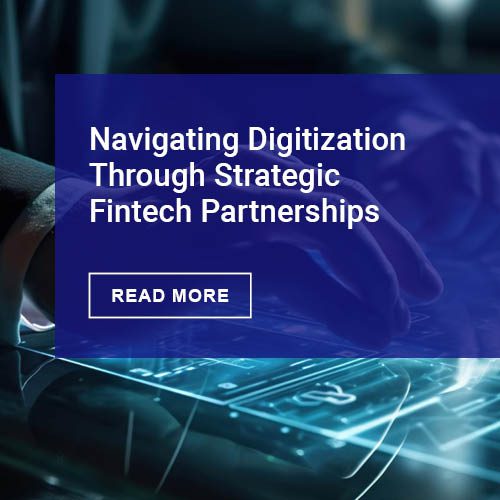With EMV in place for a couple of months, what do banks and other card issuers need to know?
They need to understand that flexibility will be absolutely critical to their success. Change is occurring at an unprecedented pace in the payments industry. As EMV implementation continues, it’s going to drive fraud to the Card Not Present (CNP) environment, which will create a more frequent need to reissue cards. At the same time, personalization is more important to consumers than ever, as they shun anonymous mass advertising in favor of individual reviews and one-to-one brand engagement. For issuers who have been consumed by the EMV transition, it’s time to revisit ways to tie card programs back to your customer lifecycle with one-to-one marketing. And to do so successfully, it’s imperative to create and implement offers that respond to current market conditions and have the flexibility to adjust programs to fit each customer segment’s needs. Without this kind of flexibility, card marketing in an EMV world really becomes cost-prohibitive.
In an increasingly mobile world, what is the future of the plastic card?
Mobile payments haven’t gotten the traction that everyone predicted. I think we all expect mobile and digital payment adoption to grow over time, but consumers will continue to demand the reliability of plastic cards and the flexibility to choose different payment options for different needs. Cards are still the most secure and comfortable way to transact, and there are many examples where people really prefer plastic such as transit, retail and gift cards. Millennials are also surprising some by driving the use of plastic cards in the form of debit cards, which they prefer over credit. And at the end of the day, a plastic card won’t run out of batteries or become useless if it gets wet.
What interesting trends are you seeing in credit, debit, and prepaid in 2016?
We are seeing several interesting trends in design, production and card marketing. On the design front, non-embossed cards are hot – basically a higher end or “premium” card that is flat printed (no embossing of personal card details). Not only is this a bit of a design trend, but it’s also preferable for security because fraudsters can’t lift your card number by making an imprint. These types of cards are easy for program mangers or issuers to add to their offering. Another design trend is vertical card designs – i.e. portrait instead of landscape. That’s a great way to create a differentiated look and we’re seeing different types of card programs use it creatively.
On the production side, a trend that is impacting all types of cards, is that the card itself is becoming more complex to manage for traditional production. In the past issuers had to manage the card expiration on existing inventory and deal with the waste and cost of stale cards. Now, they also have to manage the EMV chip expiration as well. So shelf life has a whole new meaning and a new set of more expensive consequences. Every chip card is on a clock the minute it’s produced and all the time those cards sit in inventory. I think you’ll continue to see more programs move away from holding this more expensive inventory to less risky on-demand production.
The prepaid market continues to be competitive and regulations are putting pressure on margins. What will be the predictor of successful prepaid programs in 2016?
That’s true, prepaid has gone through years of growth and now competitors are really trying to differentiate their product as the fee schedules have become more similar. Successful prepaid programs will have two characteristics: they’ll figure out how to stand out and differentiate in a somewhat commoditized market; and they’ll become far more efficient with their targeting and marketing resources.
To stand out, successful prepaid brands are moving to one-to-one consumer marketing with customized materials and messaging to each recipient to drive much higher conversation rates. They have to become more marketers instead of card issuers. They will need to focus on appealing to consumers in a timely and relevant way, which requires total flexibility and personalization.
On the marketing efficiency front, companies just cannot afford to take the “spray and pray” approach any more. Program managers need create and implement hyper-customized marketing programs, and have the option to trigger card delivery at any time. This also means they need to be able to do A/B testing and tweak concepts on the fly.











